SingaporeMotherhood | Parenting
December 2016
Placenta Encapsulation: Would You Consume Your Placenta After Childbirth?
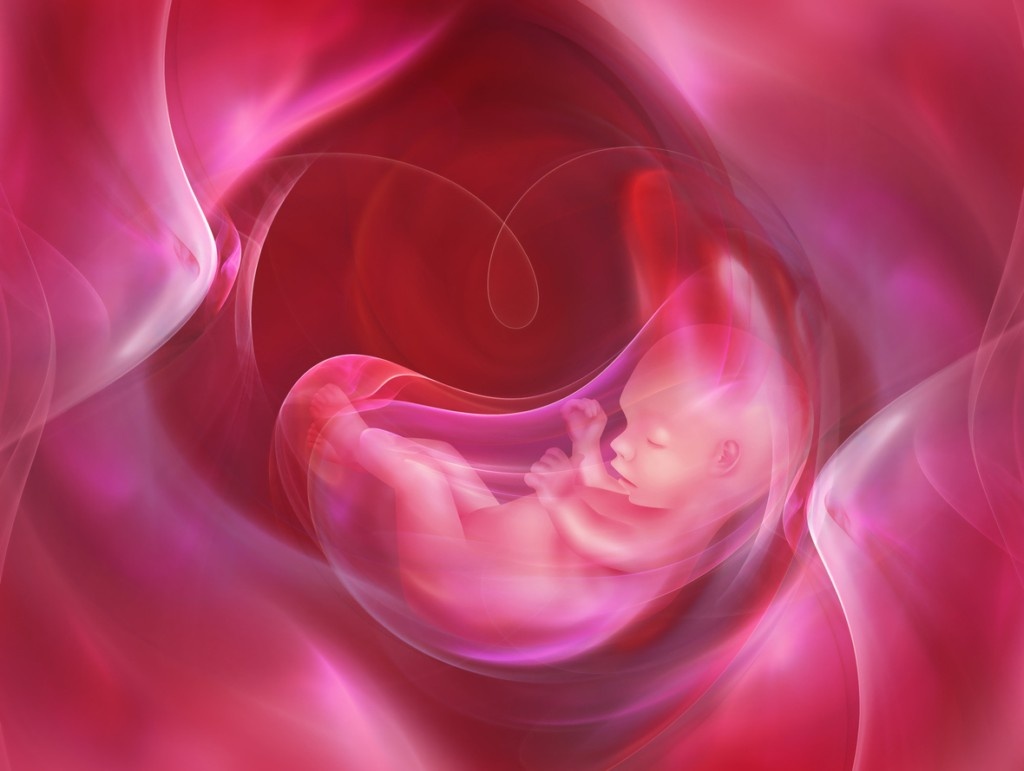
Are you thinking of consuming your placenta? Here’s one mother’s experience with placenta encapsulation.
What do you do with your placenta after childbirth? Many discard it as biological waste, but do you know that you can consume it as part of your postpartum diet?
Consuming one’s placenta after childbirth is a practice that is gaining traction in recent years. Known as placentophagy, it is what mammals in the wild naturally do when they give birth. Now, thanks to celebrities like Kim and Kourtney Kardashian, and Coleen Rooney, TV presenter and wife of Manchester United footballer Wayne Rooney, who consumed their placenta after delivery, this practice is sparking interest among new mothers-to-be.
[banner][/banner]
In Traditional Chinese Medicine (TCM), placentophagy is common practice. For example, humans consume sheep, deer and even horse placenta in dried, powdered or capsule forms, as they are believed to nourish the body.
After weighing the pros and cons, I decided to give placenta encapsulation a try when I delivered my firstborn earlier this year. If you are pregnant and are thinking of keeping your placenta for consumption, I’ve distilled what I learnt into eight tips you’ll find useful.
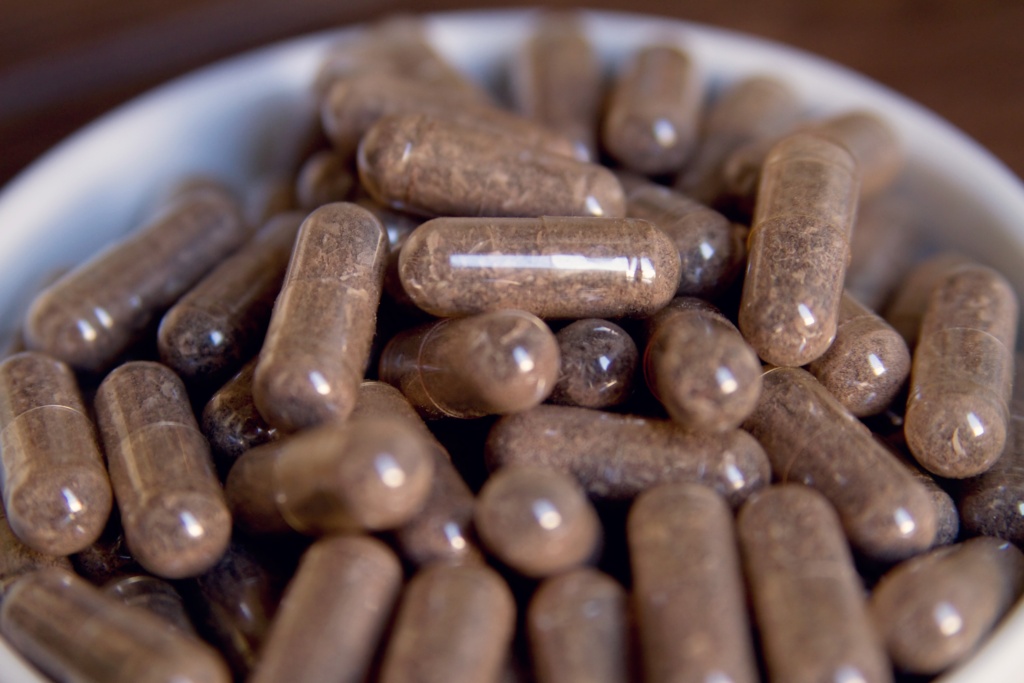
1. It is believed to contribute to postpartum recovery
The placenta is an organ the female body creates to meet the needs of baby in utero. It delivers oxygen and nutrients to the baby and nourishes it during the entire span of the pregnancy. Because of this, I see the placenta as something that is able to replenish what my body spent or lost during pregnancy and labour.
Benefits of consuming it include reducing fatigue, boosting milk production and staving off postpartum depression. It is also said to protect against infection and help your womb return to its original size. In case you were wondering, placenta encapsulation involves having the placenta steamed and dehydrated, before being ground up and placed into pills.
(See also: What to Expect: Post-Delivery)
2. Research about its efficacy is limited
There have been studies done on the benefits of placentophagy, but its efficacy in postpartum recovery is not medically proven. Much of the research involves animal studies or is based on anecdotal evidence. It is also difficult to do a with-or-without comparison. Aftter all, how would you know if you feel more energetic as compared to if you didn’t take your placenta pills? It’s something that’s hard to determine.
Mr. Yeo Chuan Hong, who is in charge of placenta encapsulation services at Heavenly Health Store, provides some insight. “Research is not easy to conduct because of the nature of this practice. A mother has only a few chances to consume her placenta in her lifetime. During the postnatal period, mothers also consume many other foods and tonics to aid in postpartum recovery, so it is not easy to isolate the benefits of eating their own placenta.”
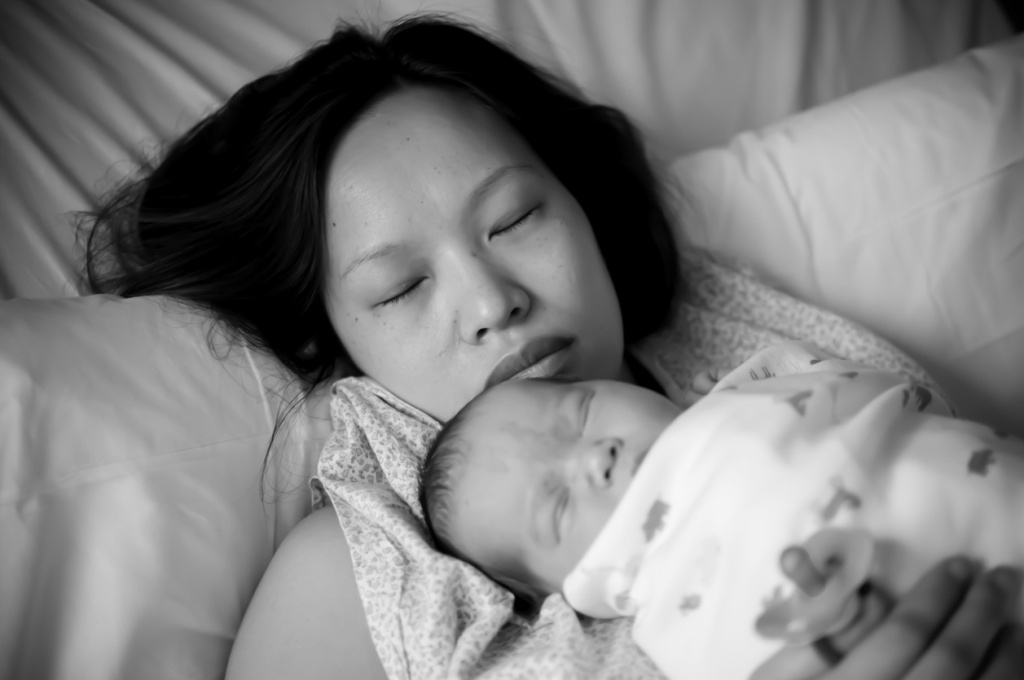
3. Nope, the hospitals do not provide this service
You’ll have to engage your own specialist to process your placenta for encapsulation. In Singapore, such service providers include Heavenly Heath Store, A Caring Mum and Four Trimesters.
What you can do, however, is to inform your obstetrician that you intend to keep your placenta for consumption. This is so that the hospital can handle your placenta with care after it’s delivered − to retain it and prevent contamination.
(See also: Hospital Maternity Packages in Singapore: Updated for 2016/2017)
4. Not all service providers offer collection
Most service providers will collect the placenta from you at the hospital after you deliver, but others may require you to bring the placenta to them for their own reasons. For example, one of the service providers I enquired with is a stay-at-home mom with kids to take care of, so collecting your placenta at the hospital would require her to make babysitting arrangements. Having to submit the placenta post-birth is definitely more troublesome for the customer, so be sure to clarify this before you book the service.
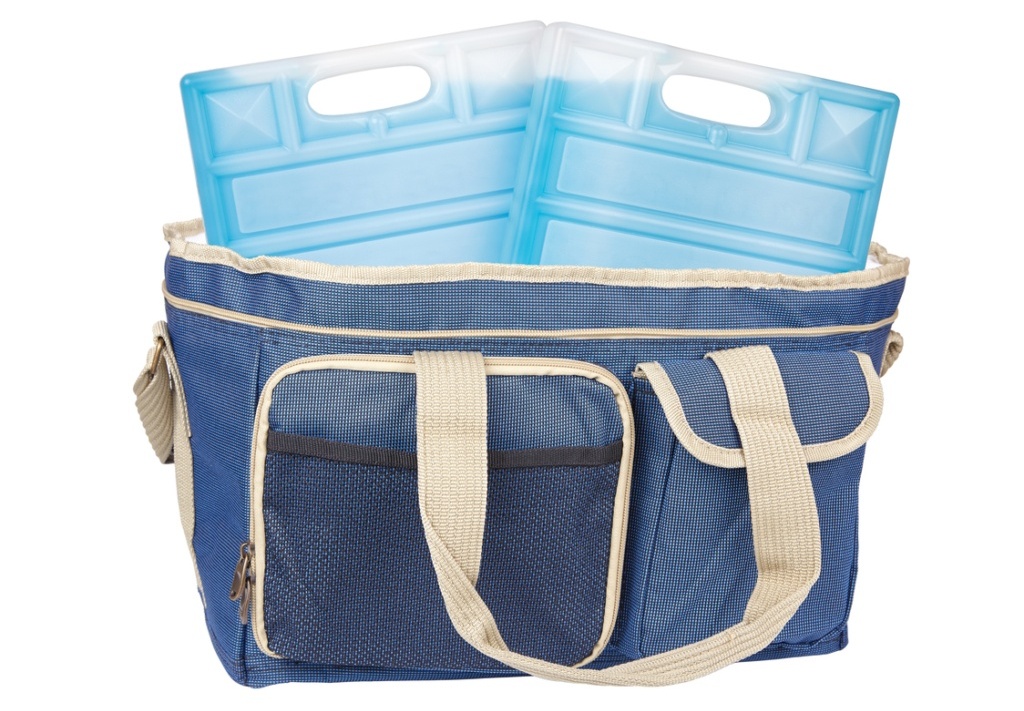
5. Bring your own cooler bag to the hospital
You’ll need something to keep your placenta fresh and cool while waiting for the specialist to arrive. I had arrived at the hospital without a cooler bag, so the hospital provided a Ziploc bag and ice to store my placenta for the time being.
Do note that the hospital will not allow you to store your placenta in the hospital fridge. This is to avoid contamination. However, single-bed wards often come with their own fridge, so if you are staying in one, you can use that fridge to keep your placenta fresh while waiting.
(See also: Giving Birth? What should you pack in your Hospital Delivery Bag?)
6. Take note of additional charges
Now, unless you are having an elective Caesarean section, there is no way of knowing when you will pop. Collecting your placenta means the specialist needs to make a trip down to the hospital. To the specialist, it would be nice to have some notice in advance. Aside from noting down your expected delivery date, some providers charge more for placenta collection in the night or after a certain time.
For example, Heavenly Health Store charges an extra $100 for the option of being on 24-hour standby. This means that they will be available to collect your placenta 24 hours a day, even if it’s in the wee hours of the night. This is a prepaid option for pregnant women who want to ensure hassle-free collection of their placenta.
Personally, I think it’s reasonable to charge a bit more since collection after normal hours involves a fair amount of inconvenience. I delivered at 9.20 in the morning so I avoided that conundrum. But it’s worth considering this option for peace of mind.
You’ll want to book your specialist early in advance as well. A Caring Mum charges an extra $20 from customers without a prior booking or if they deliver within seven days of booking.
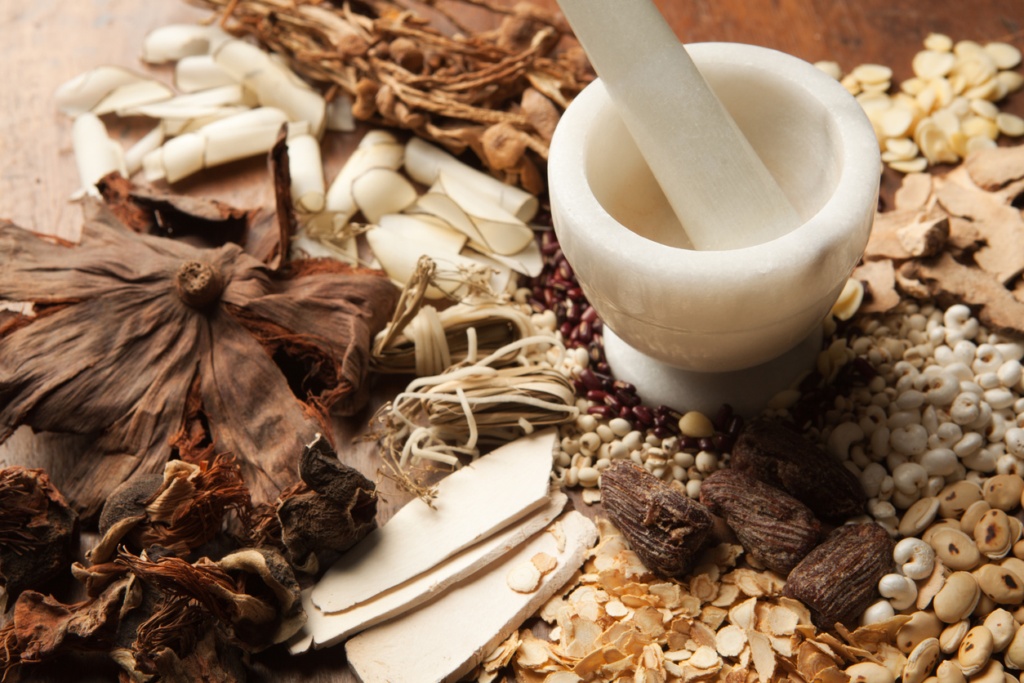
7. You can include herbs for an added boost
TCM practitioners such as Heavenly Health offer customers the option of adding herbs such as Korean ginseng, cordyceps and pearl powder into the placenta capsules. “During childbirth, you lose a lot of blood and exhaust your ‘qi’, so Korean ginseng will help to replenish this ‘life force’.
Cordyceps is known to improve the functions of your lungs and kidney. If your respiratory system is weak or you often suffer from backaches, eating cordyceps helps to strengthen your body. It can improve the reproductive system too,” explains Mr. Yeo. “As for pearl powder, it has a calming effect and benefits the ‘yin’ or ‘women’s element’. Pearl powder promotes better sleep and improves the complexion. It can also help to alleviate menopausal symptoms.”
(See also: Confinement Practices in Multiracial Singapore)
8. Consider any medication you’re taking
Upon discharge from the hospital, you’ll be prescribed pain relief medication to take home. Would the placenta pills interfere with the pain medication? Mr. Yeo advises, “You should finish your course of antibiotics and pain relief medication before starting on the placenta capsules.”
My placenta yielded 200 pills (the number of pills will differ depending on the size of your placenta) that were delivered to my home one week after the birth of my child. I was looking forward to receiving them, because the first few days after baby came along were crazy!
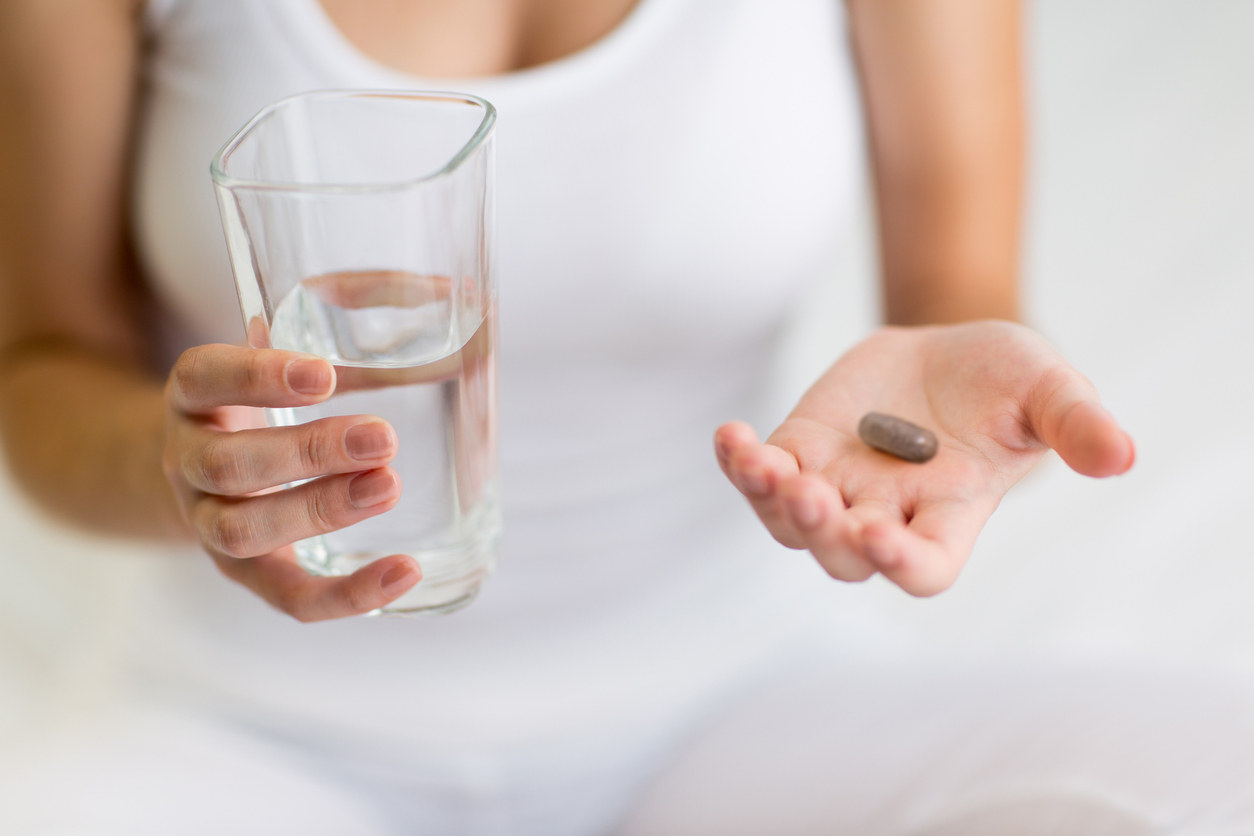
The pills are tasteless. One thing I appreciated was that they didn’t give me stomach discomfort unlike many pills and supplements which tend to. I can’t really attest to a significant improvement with the placenta pills though. I still had mood swings, I was dead tired from the labour and sleep deprivation, and my breast milk supply was on the low side.
First-time motherhood is always a challenge. It is possible that the placenta made a positive difference but it’s hard to tell for certain. That being said, will I consume my placenta again? I’m still on the fence about it, but in the event that I do, I’ll be adding a dash of herbs for a stronger postpartum boost.
All content from this article, including images, cannot be reproduced without credits or written permission from SingaporeMotherhood.
Follow us on Facebook, Instagram, and Telegram for the latest article and promotion updates.





